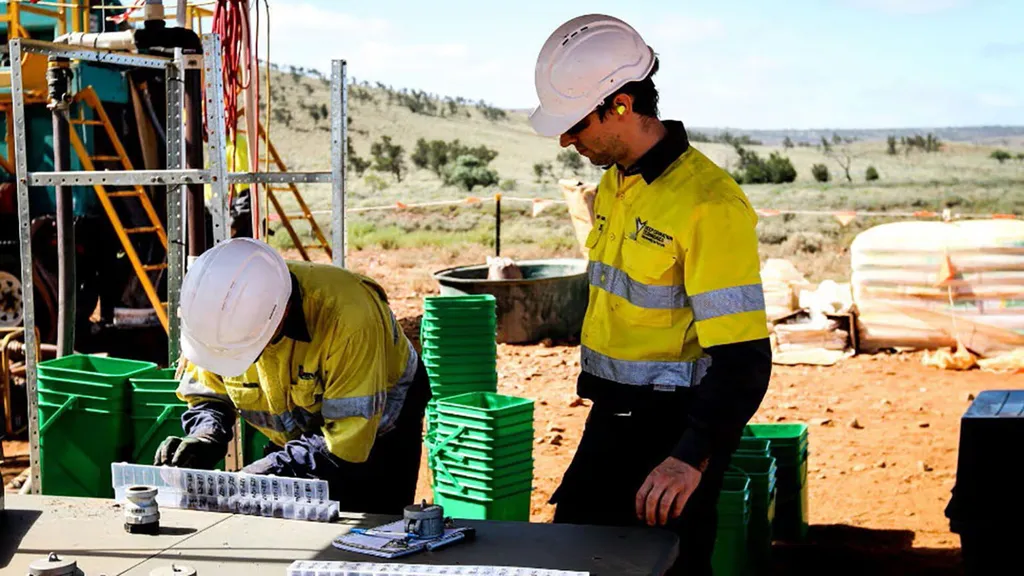In the quest to make mineral exploration more efficient and cost-effective, a team of researchers led by Pavel A. Blinov has developed a novel approach that could significantly impact the energy sector. Their work, published in the journal “Известия Томского политехнического университета: Инжиниринг георесурсов” (translated as “Proceedings of the Tomsk Polytechnic University: Engineering of Georesources”), focuses on optimizing exploration drilling techniques, particularly in directional and multilateral drilling.
The high costs associated with exploring new mineral deposits are a well-known challenge in the industry. Traditional methods often involve extensive drilling through non-metallic rocks to reach the target mineral deposits. Blinov and his team aim to change this by reducing the amount of drilling required, thereby cutting costs and improving efficiency.
“Our goal was to analyze the advantages of multilateral and directional drilling and identify the factors limiting their widespread adoption,” Blinov explains. “By systematizing existing technical solutions and assessing their efficiency, we formulated a set of requirements for a new design of a continuous deflector that could improve the accuracy and productivity of exploration drilling.”
The team’s innovative solution involves creating a continuous deflector for drilling with coring. This device realizes a mechanism of curvature similar to those used in rotary steerable systems, specifically the “point the bit” method, which involves bending the quill drive shaft inside eccentric rings. The researchers have developed a new design for a continuous deflector suitable for drilling diameters of 76 mm, taking into account all the requirements for successful operation in a well.
The potential commercial impacts of this research are substantial. By optimizing exploration grids and reducing the need for extensive drilling, energy companies could see significant cost savings. This could lead to more efficient exploration and development of mineral deposits, ultimately benefiting the entire energy sector.
“In further research, we plan to develop a mathematical model of the drive shaft bending and transfer from the bending value to the intensity of the borehole curvature,” Blinov adds. This next step could further refine the technology, making it even more effective and reliable.
The research conducted by Blinov and his team represents a significant advancement in the field of mineral exploration drilling. Their work not only addresses current challenges but also paves the way for future developments that could revolutionize the industry. As the energy sector continues to evolve, innovative solutions like this will be crucial in meeting the growing demand for mineral resources while maintaining economic viability.

